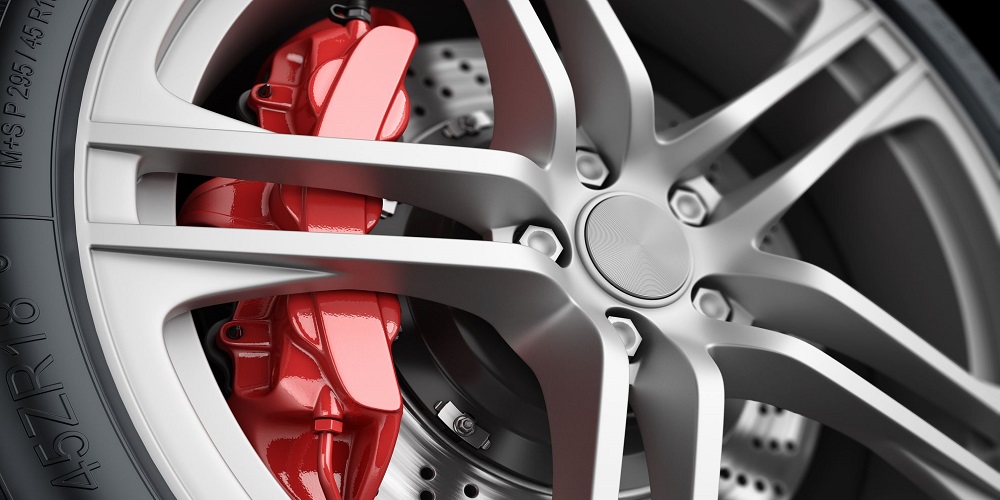Disc brake calipers are an integral part of modern and advanced vehicles equipped with a disc brake system. This upgraded braking system is much more efficient than traditional drum brakes and is the preferred option in modern cars. This article will explore the disc brake caliper, how it works, and its uses. By reading it, you will also learn about the electric parking actuator, a device used in vehicles with an electronic parking brake system. Several websites are selling the disc brake caliper online; you can visit those and order one yourself. But before ordering, keep in mind that the website should be trustworthy.
What is a disc brake caliper?
There comes a question that may ponder in the mind of several people about the actual purpose of the disc brake caliper. The answer is that a disc brake caliper is a device that holds the brake pads and applies pressure to them. The caliper is typically made of cast iron or aluminum and is mounted on the steering knuckle or suspension. There are two types of disc brake calipers: floating and fixed. A floating caliper moves back and forth on the rotor to apply pressure to the brake pads, while a fixed caliper remains stationary and applies pressure to both sides of the rotor.
When the brake pedal is pressed, hydraulic pressure is generated and transmitted to the caliper. The pressure causes the caliper’s pistons to move, pushing the brake pads against the rotor. Friction between the pads and rotor creates the braking force that slows down or stops the vehicle.
What is electric parking actuator?
The electric parking actuator is a device that applies and releases the parking brake in vehicles with an electronic parking brake (EPB) system. The EPB system uses an electric motor to engage and disengage the parking brake, typically on the vehicle’s rear wheels.
The electric parking actuator is usually located on the vehicle’s rear axle and is connected to the EPB control module. When the driver engages in the parking brake, the EPB control module sends a signal to the electric parking actuator to apply the parking brake. The actuator’s motor then turns a screw mechanism that applies pressure to the parking brake caliper, which applies pressure to the brake pads and holds the vehicle in place. When the driver releases the parking brake, the EPB control module sends a signal to the electric parking actuator to release the parking brake. The actuator’s motor then turns the screw mechanism in the opposite direction, releasing the pressure on the parking brake caliper and allowing the vehicle to move.
Advantages of electric parking actuator
The electric parking actuator offers several advantages over traditional manual parking brakes. Firstly, it eliminates the need for a separate lever or pedal for the parking brake, freeing up space in the cabin. Secondly, it ensures that the parking brake is applied uniformly and consistently, reducing the risk of the vehicle rolling away.
Conclusion
In conclusion, the disc brake caliper and the electric parking actuator are crucial components of a modern vehicle’s braking system. The disc brake caliper applies pressure to the brake pads to slow down or stop the car, while the electric parking actuator applies and releases the parking brake to hold the vehicle in place.

